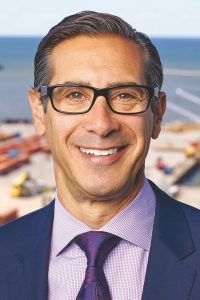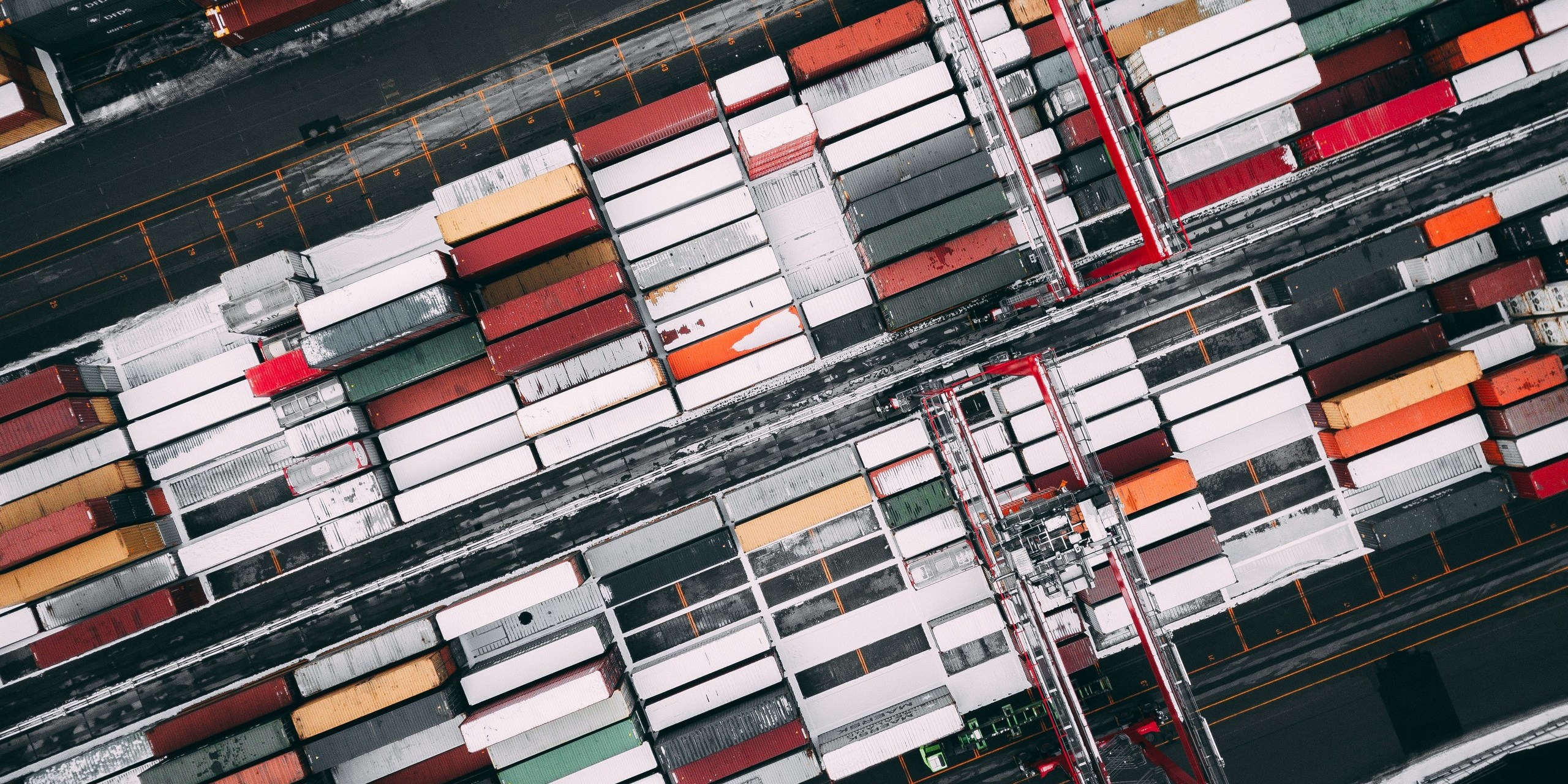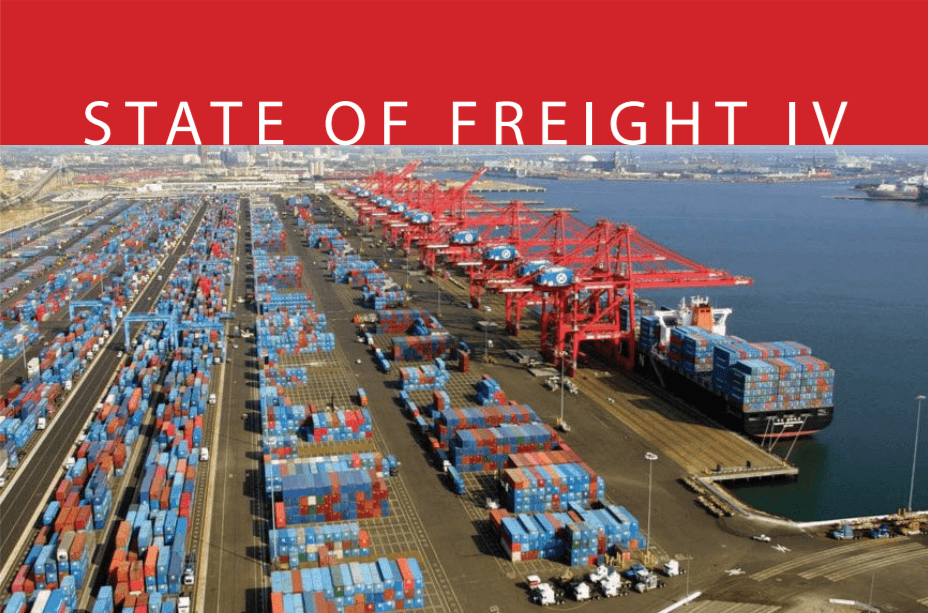In written and oral testimony before a hearing of the U.S. Senate Commerce, Science and Transportation Committee, the American Association of Port Authorities (AAPA) said that “nowhere in the country are there such stark examples of unmet infrastructure needs than in America’s ports, and in the land- and water-side transportation connections to them.’’

AAPA Chairman William D. Friedman, chief executive of the Cleveland-Cuyahoga County Port Authority
During the past six decades there have been eight evolutions of the container ship, resulting in ships today having capacities of 18,000 TEUs and beyond, “while our country has relied upon essentially the same infrastructure to accommodate and facilitate an astronomical growth in freight volumes,” said AAPA Chairman William D. Friedman, chief executive of the Cleveland-Cuyahoga County Port Authority.
Friedman testified before the Senate Commerce, Science and Transportation Committee., where he said: “Clearly, multimodal project funding levels and multimodal project eligibilities need to be improved.”
Infrastructure Report
In 2018, AAPA issued an infrastructure report in which the U.S. member port authorities identified more than $20 billion in multimodal funding needs over the next decade, Friedman said.
“A top priority for the port industry continues to be multimodal funding,’’ he added.
Enjoying our insights?
Subscribe to our newsletter to keep up with the latest industry trends and developments.
Stay Informed
To aid with finding solutions to the multimodal funding and project eligibility dilemma, among AAPA’s FAST Act reauthorization recommendations included:
- Freight program funding should be 100 percent multimodal (verses being mode-specific).
- The multimodal cap on U.S. Department of Transportation Infrastructure for Rebuilding America (INFRA) grants and formula funding should be lifted.
- A maritime supply chain title should be included in the next U.S. Department of Transportation (DOT) re-authorization bill that recognizes the evolving supply chain needs of the multimodal freight network.
- Funding to support freight infrastructure improvements should come from a gas tax increase, a Vehicle Miles Traveled program, and/or some concept of a 1 percent charge on the domestic cost of freight movement (i.e., a “waybill fee”).
- The financing fee for federal Rail Rehabilitation Innovation Financing loans should be removed.
The State of Freight IV
Further noting that AAPA’s 2019 freight infrastructure report, The State of Freight IV, identified nearly $4 billion in port security funding needs over the next decade, Friedman said: “We need to invest in port infrastructure and we need to secure it.”
The Senate Commerce Committee hearing, titled “America’s Infrastructure Needs: Keeping Pace with a Growing Economy,’’ follows a similar U.S. House Transportation and Infrastructure Committee hearing in February titled “The Cost of Doing Nothing: Why Investing in Our Nation’s Infrastructure Cannot Wait.’’
AAPA has prepared written testimony that will include information on the association’s long-term funding solution for harbor maintenance, association officials said.
Founded in 1912, AAPA represents 140 of the leading seaport authorities in the United States, Canada, Latin America and the Caribbean and more than 250 sustaining and associate members, firms and individuals with an interest in seaports.
According to IHS Markit’s World Trade Service, combined international sea trade moving through Western Hemisphere ports in 2016 totaled 3.49 billion metric tons in volume and $3.01 trillion in value. Of that total, North American ports handled 1.79 billion metric tons of goods, valued at $2.07 trillion.





















